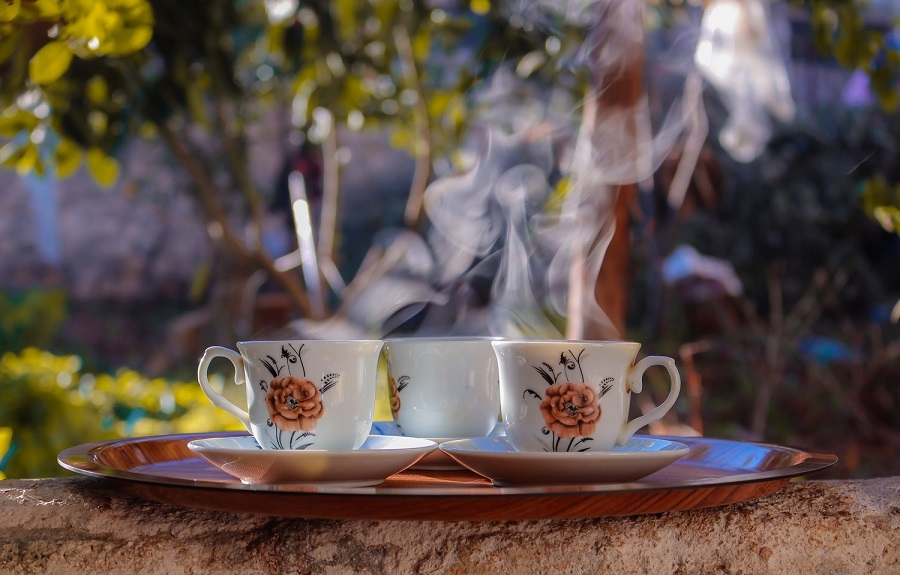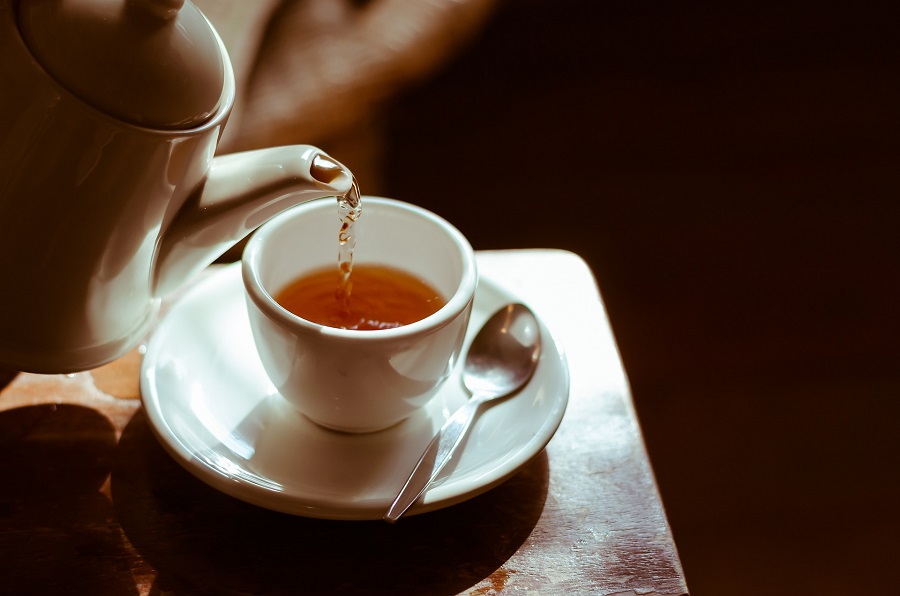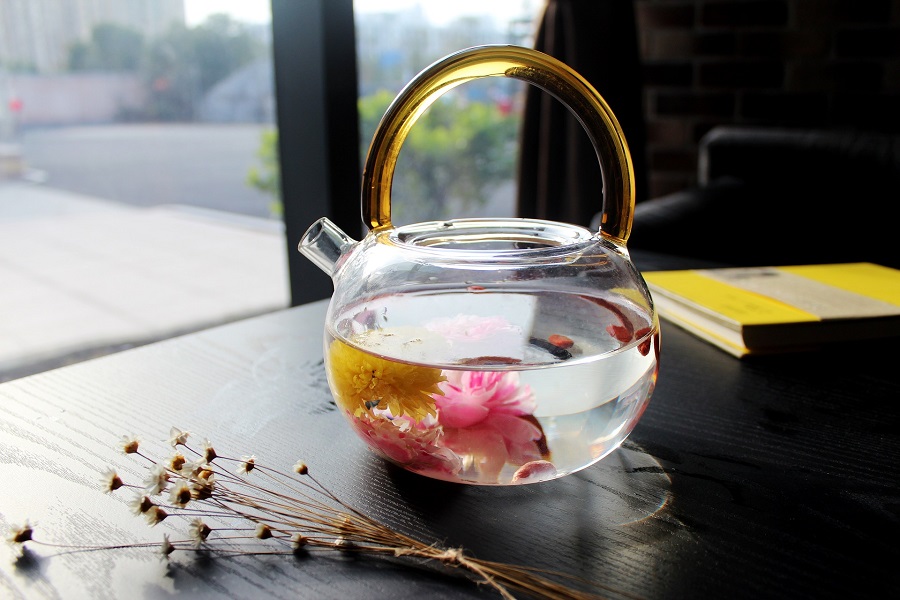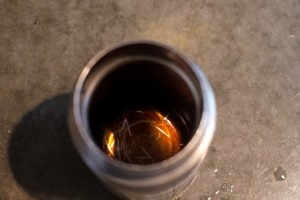Is it necessary to rinse loose leaf tea?

If you are new to the world of tea brewing, you may be surprised to learn that most people tend to dump out the first brew, especially of the loose leaf tea. This is also called rinsing tea, washing, or blanching tea. But why should we do that? Are there any reasons behind it?
To break down minimally-processed tea leaves
Some teas like white peony and silver needle are minimally processed, which means that the leaves are not broken down. You can notice a layer of white fuzz on the surface of the tea leaves. It is this stuff that prevents the leaves from being infused quickly. Thus, you need to give this tea an initial “break down” through “the first brew”, with water over 185°F.
To spread the leaves of compressed teas

Compressed teas include pu-erh, tightly-rolled oolongs, and tea pearls. Though they have broken up through post-fermentation, the tea leaves can be fully spread only after you give it a good rinse. And for some heavy-baked teas like oolongs, it is worth a rinse in order for the taste to get sharper and cleaner.
To wash off dust and debris
This usually suits the condition when you buy teas from unreliable vendors, but some well-known tea types have problems of its own. For example, pu-erh tea is often stored in large warehouses during the fermentation period, which makes it possible for the tea to accumulate dust and debris. So in consideration of both the flavor and health, you’d better give your pu-erh one or two quick wash.
To lower the level of caffeine

It is true that the first brew will reduce the caffeine content in tea, but it is just a slight change. Besides, s single brew won’t kill all caffeine, and there will be more caffeine released in subsequent brews. Theoretically speaking, the longer you rinse, the more caffeine is released, but the flavor of teas also get ruined with time flying by. So it is important to reach a balance between the reduction of caffeine and the time of rinsing.
To keep the brewing temperature at par

Different tea tastes the best at a different brewing temperature. For instance, green tea and black tea need 80-85°, while oolong and pu-erh ask for as high as 100°C. By giving the tea the first brew, you are actually giving the tea leaves more time to fully absorb the hot water, so that the temperature of the brewing hot water will not drop so quickly and the tea fragrance will be kept for longer.
Read More:















